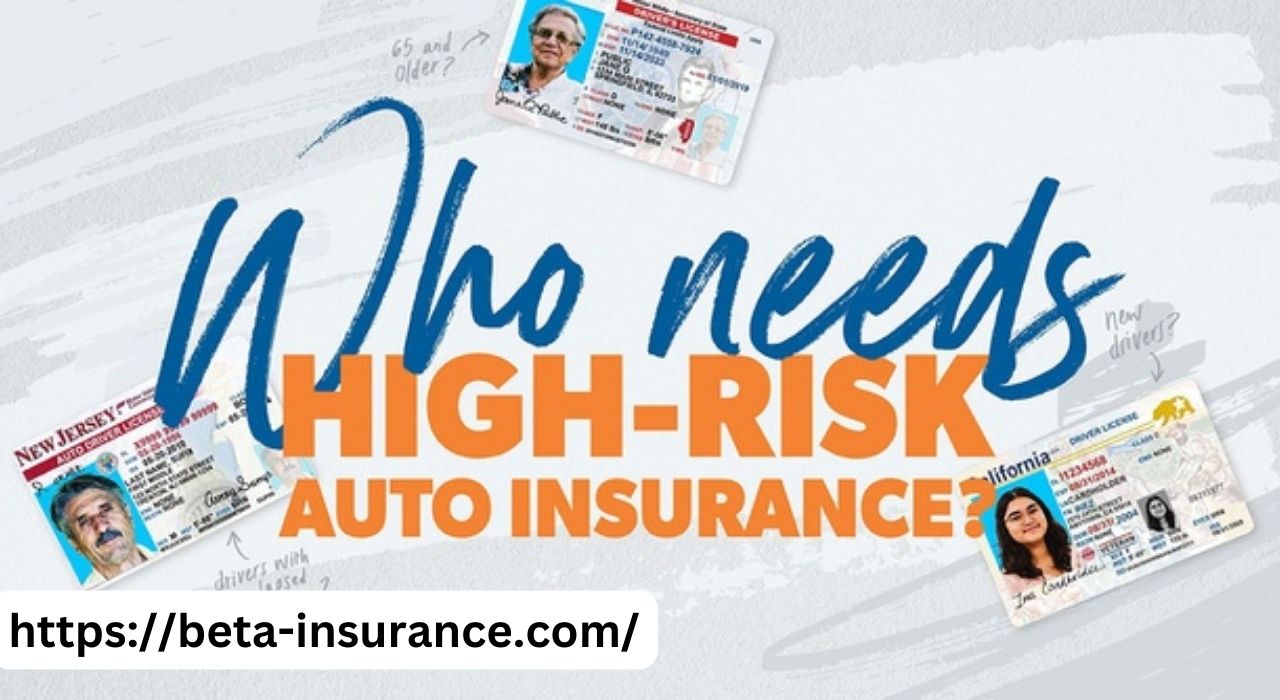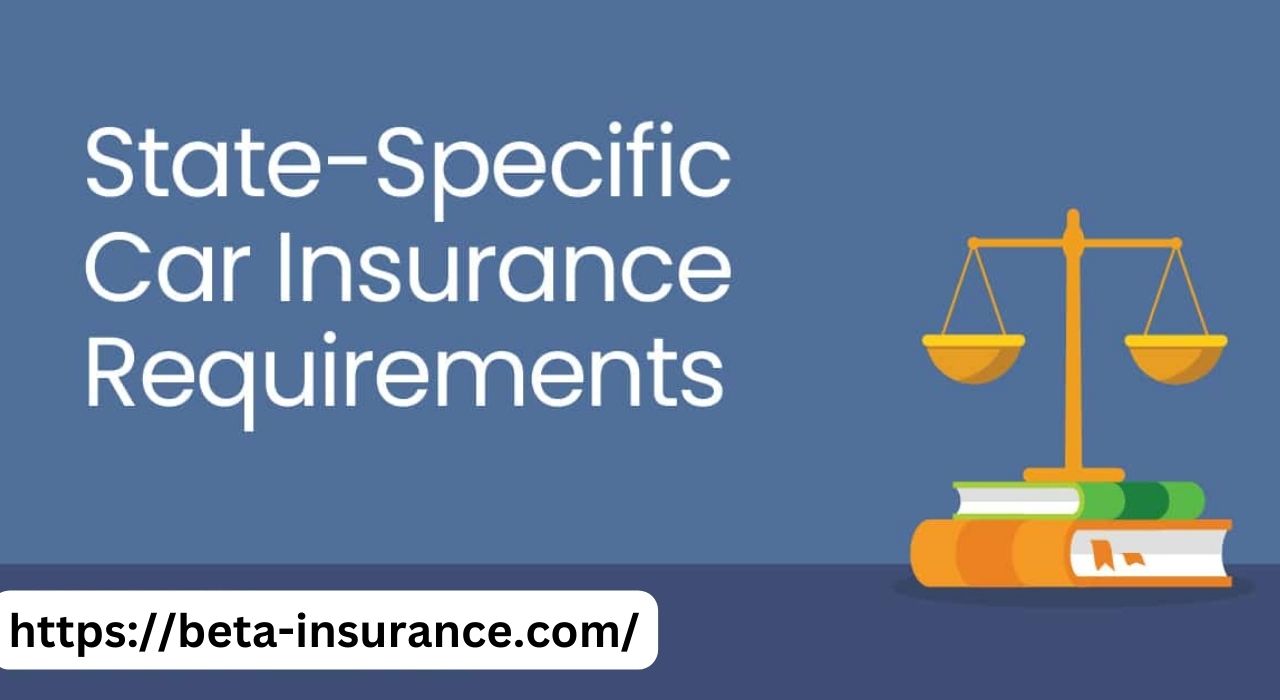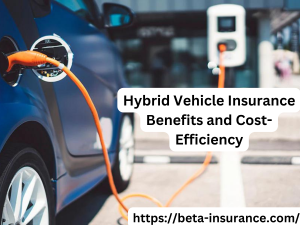Understanding no-fault auto insurance laws
Introduction
Collision protection is an intricate scene(no-fault auto insurance laws), and the regulations overseeing it differ from one state to another. One specific framework that adds complexity to the protection domain is the no-shortcoming accident coverage framework. In this extensive aide, we will dive into the subtleties of no-shortcoming accident protection regulations, investigating how they work, their advantages, and the difficulties they posture to policyholders.
I. What is auto insurance with no fault?
No-fault auto insurance is a system in which, regardless of who was at fault for the accident, each party is responsible for their own medical bills and other financial losses. This approach means to smooth out the cases cycle and give brief pay to those associated with mishaps, lessening the requirement for delayed fights in court.
Key Parts of No-Shortcoming Framework
The no-shortcoming framework regularly covers clinical costs, lost compensation, and other monetary misfortunes coming about because of a mishap. It underscores individual injury security (PIP) inclusion, which policyholders are expected to convey in no-shortcoming states.
II. How No-Shortcoming Collision protection Functions
Brief Remuneration Paying little heed to Blame
In a no-shortcoming framework, people engaged with a mishap go to their own protection suppliers for pay, paying little heed to who caused the mishap. This guarantees brief repayment for hospital expenses and financial misfortunes without the need to decide shortcoming through extensive examinations.

Individual Injury Insurance (PIP)
Individual Injury Security (PIP) is a focal part of no-shortcoming collision protection. PIP inclusion stretches out past the policyholder to cover travelers in the guaranteed vehicle, people on foot, and at times, the policyholder and their family individuals assuming they are harmed while possessing another person’s vehicle.
III. The Advantages of No-Issue Accident protection
Quick Pay and Decreased Fights in court
One of the essential advantages of the no-shortcoming framework is the brief pay it gives. By staying away from extended fights in court to decide shortcoming, harmed gatherings can get monetary help rapidly, working with ideal clinical treatment and facilitating the weight of financial misfortunes.
Inclusion Paying little heed to Blame
No-issue protection guarantees that people get inclusion for their clinical costs and monetary misfortunes, paying little heed to who caused the mishap. This approach is especially beneficial in states with similar carelessness regulations, where people can in any case guarantee helps regardless of whether they are somewhat to blame for the mishap.
IV. No-Shortcoming versus To blame Accident protection
Differentiating Approaches
No-shortcoming accident coverage remains rather than the to blame, or misdeed based, framework. In a to blame framework, the party liable for the mishap is monetarily liable for the clinical costs and monetary misfortunes of the other party or gatherings included.
Deciding Shortcoming and Fights in court
In to blame frameworks, deciding shortcoming is vital in settling protection claims. This frequently prompts extended fights in court, examinations, and debates, postponing pay for the harmed parties. By prioritizing prompt compensation over fault determination, no-fault systems aim to simplify this procedure.
V. States with No-Fault Auto Insurance Laws
No-Fault States in the U.S.
Not all states in the U.S. adhere to the no-fault auto insurance system. As of [current year], the following states have some form of no-fault auto insurance laws:
Florida
Michigan
New Jersey
New York
Pennsylvania
Hawaii
Kansas
Kentucky
Massachusetts
Minnesota
North Dakota
Utah
It’s important to note that the specifics of no-fault laws can vary among these states, with different thresholds for when a claimant can step outside the no-fault system and pursue a liability claim.
VI. Difficulties and Discussions in No-Issue Accident protection
Worries about Misrepresentation
One of the significant difficulties related with no-shortcoming accident coverage is the potential for extortion. The smoothed out claims process and the shortfall of issue assurance can set out open doors for people to overstate wounds or submit misleading cases, prompting inflated costs for protection suppliers.
Influence on Expenses
Pundits of the no-issue framework contend that it might add to higher insurance payments. The brief and extensive inclusion gave under no-shortcoming strategies can prompt expanded claims, overwhelming insurance agency and possibly coming about in higher expenses for policyholders.

VII. Edges for Quitting No-Shortcoming Framework
Restricted Misdeed versus Full Misdeed Choices
In some no-issue states, people might have the choice to pick either restricted misdeed and full misdeed inclusion. The ability to sue for non-monetary damages like pain and suffering is limited by limited tort policies, which typically result in lower premiums. Full misdeed arrangements offer more sweeping privileges to sue for harms yet regularly accompany higher expenses.
Serious Injury Thresholds In some no-fault states, injuries that meet certain criteria—such as being deemed “serious” or exceeding a certain monetary threshold—are allowed to leave the no-fault system and file a liability claim.
VIII. Proposed Changes to No-Blame Accident coverage Regulations
Possible Changes and Changes
Given the difficulties and contentions encompassing the no-shortcoming collision protection framework, there have been progressing conversations about likely changes. A few states have thought of or carried out changes to the no-shortcoming regulations to resolve issues like extortion, increasing expenses, and the general effectiveness of the framework.
Transforming PIP Inclusion
Changes might incorporate acclimations to Individual Injury Insurance (PIP) inclusion, for example, adjusting inclusion limits, executing stricter guidelines to control extortion, and investigating choices to lessen in general expenses while keeping up with the advantages of the framework.
IX. Conclusion
Finding a Balance Between Efficiency and Fairness In conclusion, the laws governing no-fault auto insurance represent a novel method of handling claims. The system is not without its difficulties and controversies, despite the fact that it provides prompt compensation and reduces legal disputes. The harmony among proficiency and reasonableness stays a point of convergence of conversations, with progressing banters about possible changes to address extortion, control costs, and guarantee the drawn out supportability of the no-issue framework. As drivers explore the complicated universe of accident coverage, understanding the subtleties of no-issue regulations enables them to go with informed choices in view of their particular conditions and needs. The ever-evolving landscape of no-fault auto insurance laws emphasizes the significance of staying informed and participating in discussions that shape the future of auto insurance regulations, whether promoting efficiency or looking into other options.














Post Comment